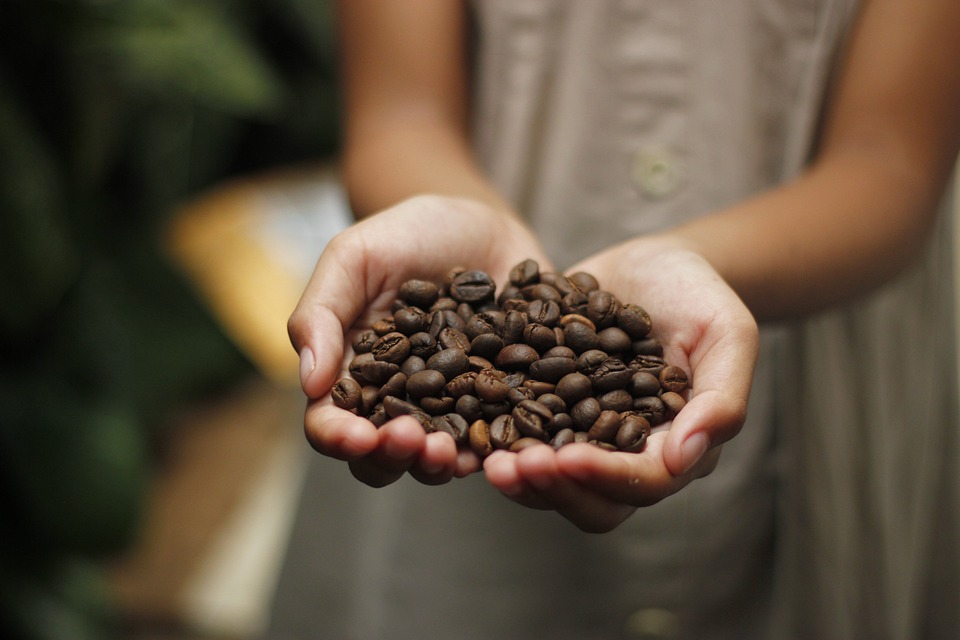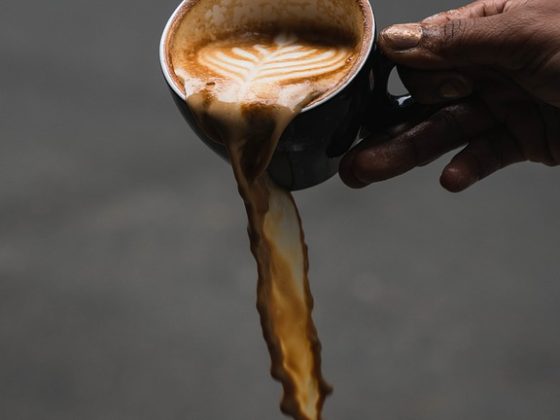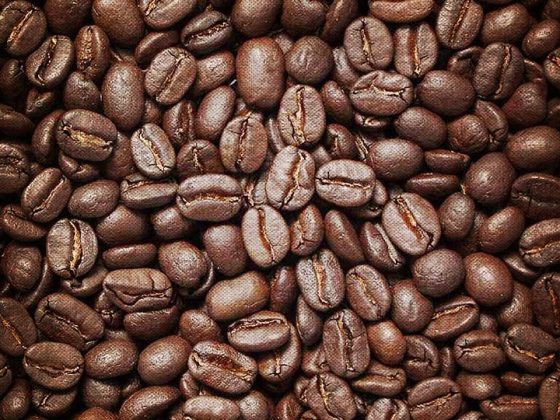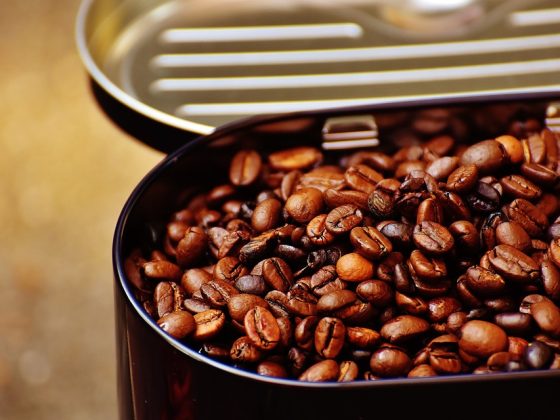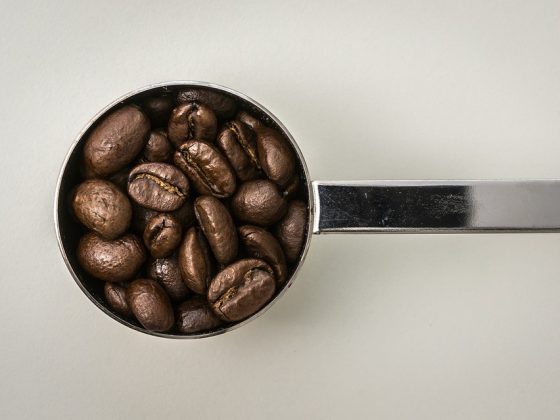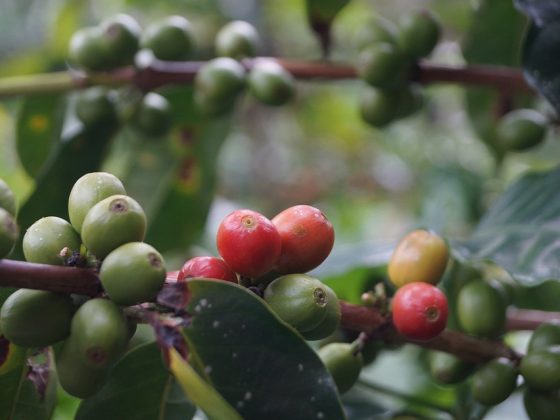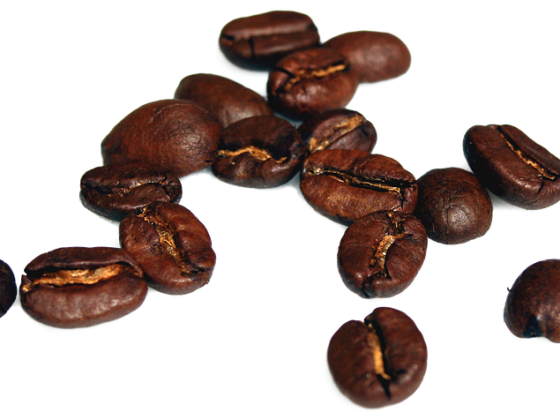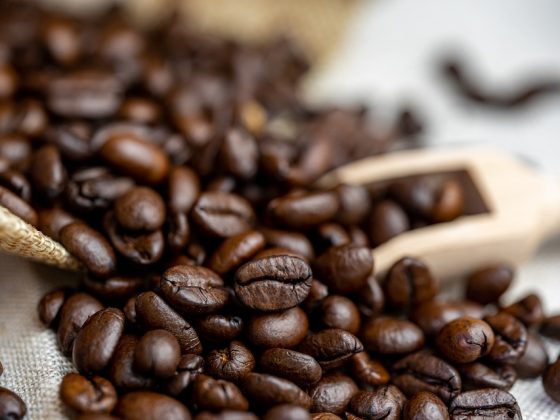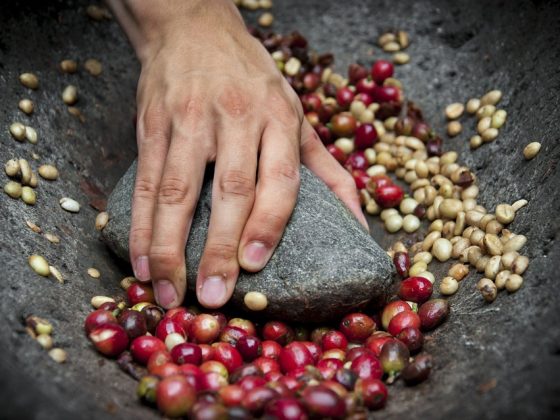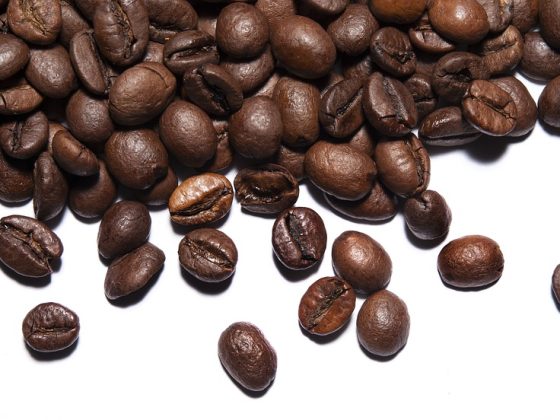end
Coffee is one of the world's most popular beverages, enjoyed by millions of people every day. But have you ever wondered how those delicious coffee beans make their way from the farm to your cup? The journey of coffee beans is a fascinating one, involving multiple steps and processes that contribute to the rich flavors and aromas we associate with our favorite brew.
From Farm to Mill
The journey of coffee beans begins on a coffee farm, where coffee trees are cultivated. These trees are typically grown in tropical regions near the equator, as they require a warm climate and plenty of rainfall to thrive. The coffee cherries, which contain the coffee beans, are hand-picked by farmers during the harvest season.
Once the cherries are harvested, they are processed to remove the outer layers and reveal the coffee beans inside. There are two main methods of processing coffee beans: the dry method and the wet method. In the dry method, the cherries are laid out to dry in the sun, while in the wet method, the cherries are pulped and fermented before being washed and dried.
After processing, the coffee beans are sorted and graded based on their size, shape, and quality. The beans are then shipped to a coffee mill, where they undergo further processing to remove any remaining husks or defects. This is an important step in ensuring that only the best quality beans are selected for roasting.
From Mill to Roastery
Once the coffee beans have been processed at the mill, they are ready to be roasted. Roasting is a crucial step in the coffee-making process, as it determines the flavor profile of the final brew. The beans are roasted at high temperatures, which causes them to undergo a chemical reaction known as the Maillard reaction. This reaction creates the complex flavors and aromas that we associate with coffee.
After roasting, the beans are cooled and packaged for distribution to coffee roasters around the world. Roasters play a key role in the coffee supply chain, as they are responsible for selecting the right beans, roasting them to perfection, and creating unique blends and profiles to suit different tastes.
From Roastery to Cup
Once the coffee beans have been roasted, they are ground and brewed to create the final cup of coffee. There are many different brewing methods that can be used, from traditional drip coffee makers to more specialized techniques like espresso and French press. Each method brings out different qualities in the coffee beans, resulting in a wide range of flavors and aromas.
The journey of coffee beans from farm to cup is a complex and fascinating one, involving multiple steps and processes that contribute to the rich and diverse world of coffee. From the farmers who cultivate the coffee trees to the roasters who bring out the beans' full potential, everyone involved plays a crucial role in creating that perfect cup of coffee that we all enjoy.
FAQs
Q: What is the best way to store coffee beans?
A: Coffee beans should be stored in an airtight container in a cool, dark place. Avoid storing them in the fridge or freezer, as this can cause condensation and affect the flavor of the beans.
Q: How long do coffee beans last?
A: Coffee beans can last for several weeks to several months, depending on how they are stored. For the best flavor, it's recommended to use the beans within two weeks of roasting.
Q: What is the difference between Arabica and Robusta coffee beans?
A: Arabica coffee beans are known for their smooth and complex flavors, while Robusta beans are higher in caffeine and have a more bitter taste. Arabica beans are typically more expensive and considered to be of higher quality.
Q: How can I tell if coffee beans are fresh?
A: Fresh coffee beans should have a strong aroma and a rich, dark color. If the beans smell stale or have a dull appearance, they may be past their prime.
Q: Can I roast my own coffee beans at home?
A: Yes, it is possible to roast your own coffee beans at home using a coffee roaster or even a popcorn maker. However, it can be a tricky and messy process, so it's best left to the professionals unless you are an experienced home roaster.
In conclusion, the journey of coffee beans from farm to cup is a fascinating and intricate process that involves multiple steps and processes. From the careful cultivation of coffee trees on the farm to the meticulous roasting and brewing techniques used by coffee enthusiasts, each step in the journey contributes to the rich and diverse world of coffee that we all love. Next time you take a sip of your favorite brew, take a moment to appreciate the incredible journey that those humble coffee beans have taken to reach your cup.

